Factory Air: Cool Cars in Cooler Comfort, An Illustrated History of Automotive Air-Conditioning
Volume 1: 1940 to 1942—The Innovative Years
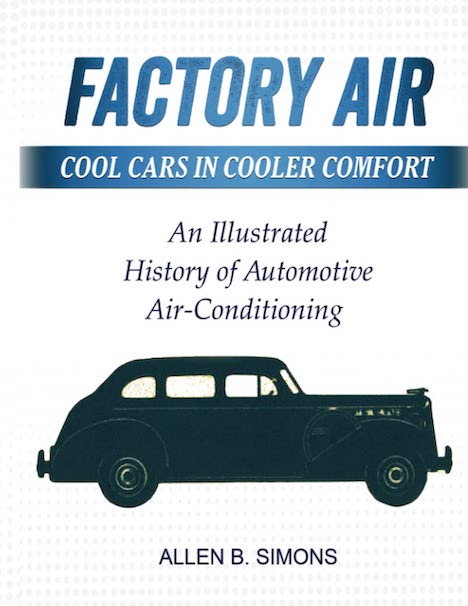 by Allen B. Simons
by Allen B. Simons
This entire book, as well as the promised second, third, and fourth volumes to follow, are true years-long labors of love for author Allen Simons.
For starters, notice the enormous image count, especially compared to page count. That’s due to a great many of the images being reproductions of pages from rarely seen period factory literature augmented with photos of actual cars—in these instances equally if not more rare—showing installation of those earliest a/c units being discussed. Another clear indicator of the time and effort required to assemble all that’s between the covers is the four-page-long Acknowledgements preceded by names of some who made particularly significant contributions then followed, by chapter, with still more individuals and sources. It’s telling, too, to realize there’s ever only been one other volume more or less on this topic. But Automotive Climate Control: 116 Years Of Progress by Gene Dickirson (2011) is an overview of the development of HVAC and other systems such as windshield wipers thus nothing like the make-specific detailed presentation of Simons’ book.
Popular Science started touting the coming of something called air conditioning in passenger autos in issues during the latter part of the 1930s. It would take the “ask the man who owns one” Packard of 1940 to make it a reality. By comparison to today’s virtually invisible units, that early one was crude and cumbersome and an option. Today it’s difficult to find a non-air conditioned new vehicle even as a delete option. The page pair immediately below shows in the diagram on right-hand page how the installation was accomplished and, facing it, is another page from the factory brochure produced just to explain this new-fangled air conditioning.
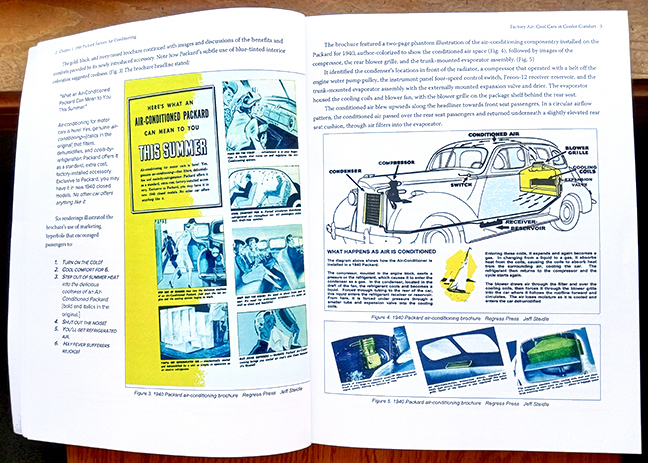
A coup for this chapter is the inclusion of never before photographed actual installation details courtesy West Peterson who today owns and drives regularly the 1940 Packard Custom Super-8 One-eighty seven-passenger Touring Sedan that had been housed inside a museum for 45 years prior to Peterson’s 2004 acquisition. Readers of this book will see in Peterson’s photos how Packard insulated beneath seats, over floorboards, and at firewall. Also shown are the under-hood and in-trunk installations. And photographed and shown for likely the first time ever are the OEM air filters produced by the Detroit Lubricator Company for Packard. All this and we’ve just looked at the book’s first 50 pages, its first chapter.
The next chapter won’t disappoint for Simons kept looking, digging, and searching until he found what is virtually hard-to-impossible to find factory literature showing and explaining Packard’s cellarette and its features and functions, all made possible in the first place by those air conditioning components. Not familiar with the cellarette? Another reason to acquire your own copy of this book.
Simons doesn’t shy away from exploring and naming the manufacturers of the units that permitted Packard to offer its headline-making air conditioning. Some of those company’s placards or nameplates, including the patent information, were mounted on so equipped vehicles as the page pair below shows.
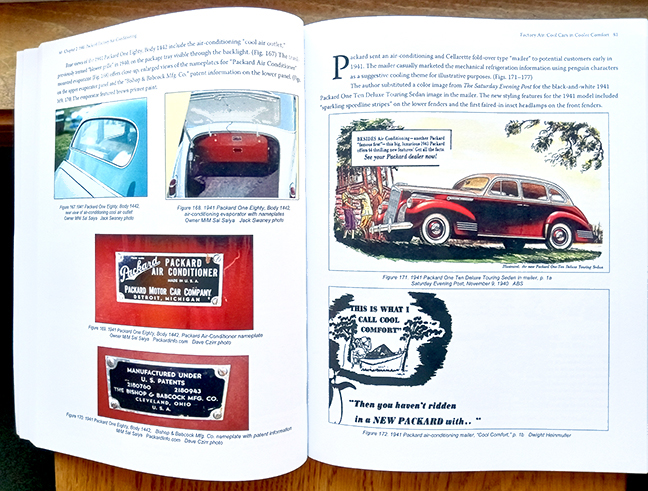
Arch competitor Cadillac wouldn’t let Packard be the only one offering air conditioning for long, as the next to last chapter details. Cadillac offered air conditioning as an option on certain models in its 1941 line. The image immediately below show the beginning pages of its manual which is reproduced in full on the pages that follow. Further, Simons found only three cars extant with that factory air yet was able to offer numerous pages of information and images about each before moving on to one more manufacturer offering air conditioning in those earliest of years.
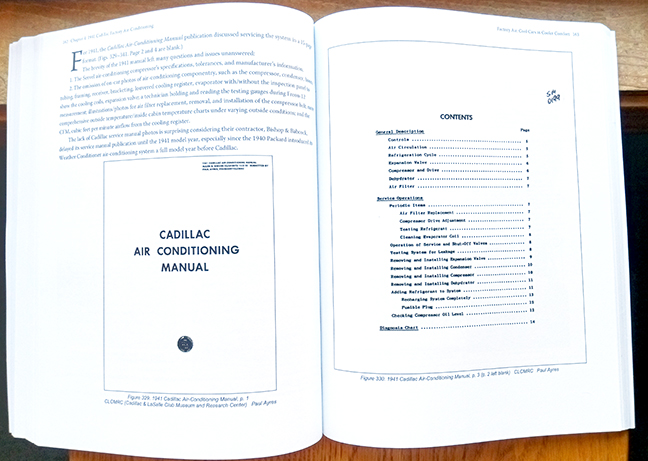
We may think of Chrysler as a doomed marque from today’s perspective but in the earliest years of the 1940s it still had many years of producing wonderfully successful and interesting cars ahead of it. So it should come as no surprise that it too opted to offer air conditioning. Its “Air Refrigeration System” debuted in the New Yorker and Crown Imperial models and, as the page pair immediately below show, Simons was able to access and reproduce that company’s “Operation and Service Manual” on the pages of his Volume 1 Factory Air book.
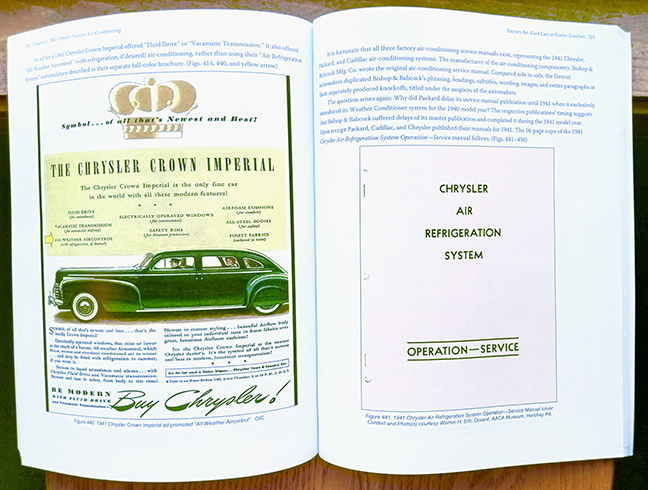
When initially contemplating writing/publishing his Factory Air, Simons had projected it to be a single volume. That thought was quickly abandoned for, as you can see covering just the 1940–42 period occupied nearly 300 pages. So, projected to publish in 2024 is the second volume covering the manufacturers and the vehicles in which air conditioning was offered during that one single, pivotal model year of 1953. The third volume features 1954–56 air-conditioned cars which was a time frame when some were still using “old style” installations while others had moved to up-front installations. The fourth and concluding volume is projected to feature 1957–60 makes/models which Simons terms the “Up-Front Late Bloomers.”
No other books like this—or its planned sequels—exist. That means that each, in turn, is well worth your attention and patronage.
Copyright 2023 Helen V Hutchings, SAH (speedreaders.info)


 RSS Feed - Comments
RSS Feed - Comments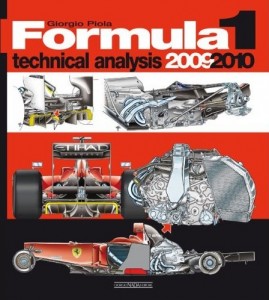
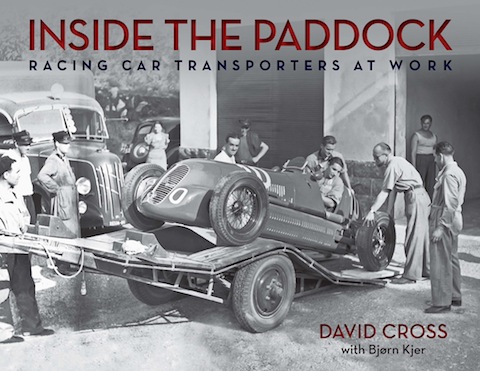

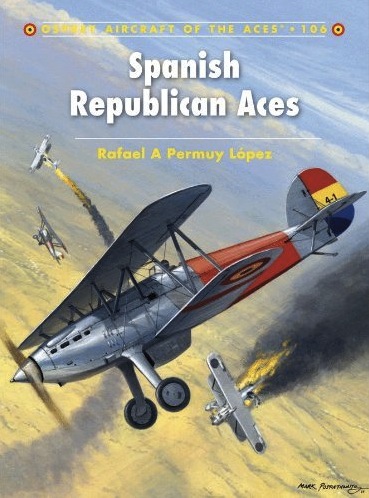
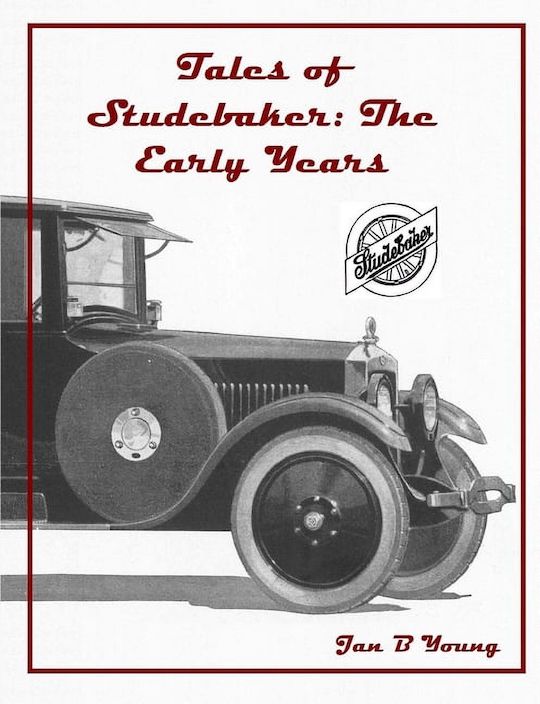
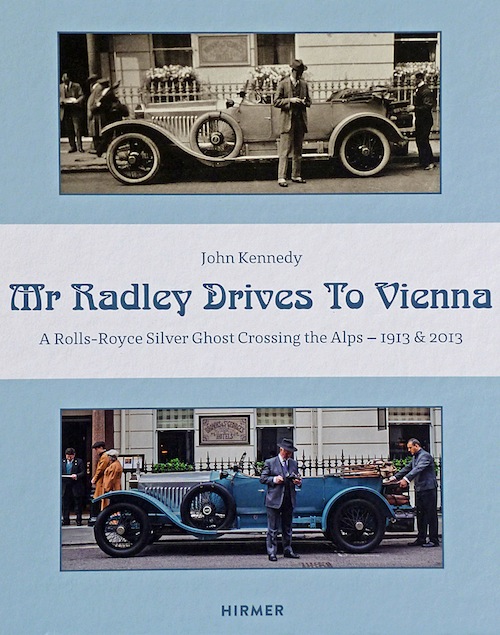
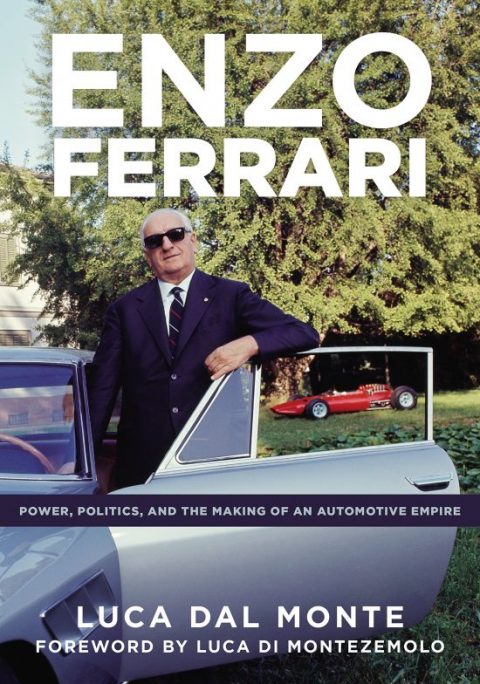
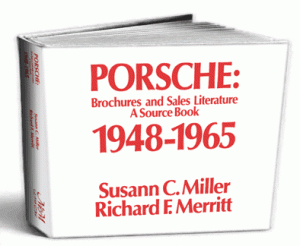
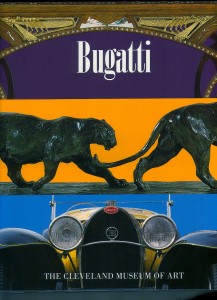



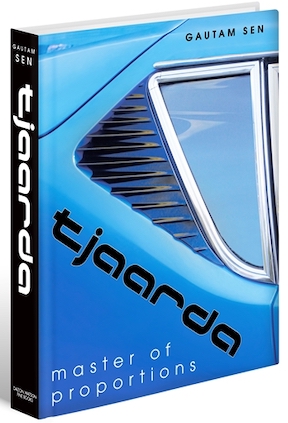
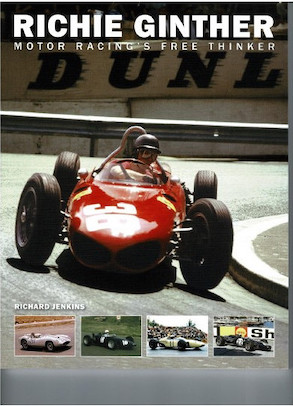
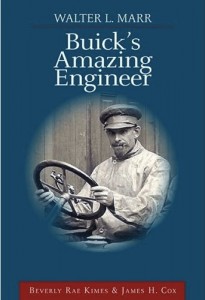

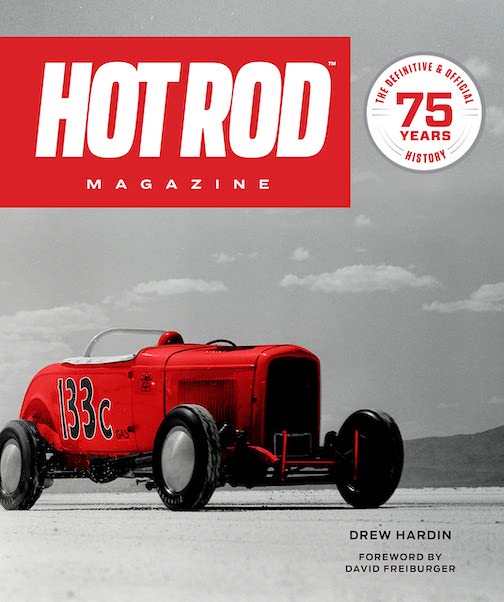

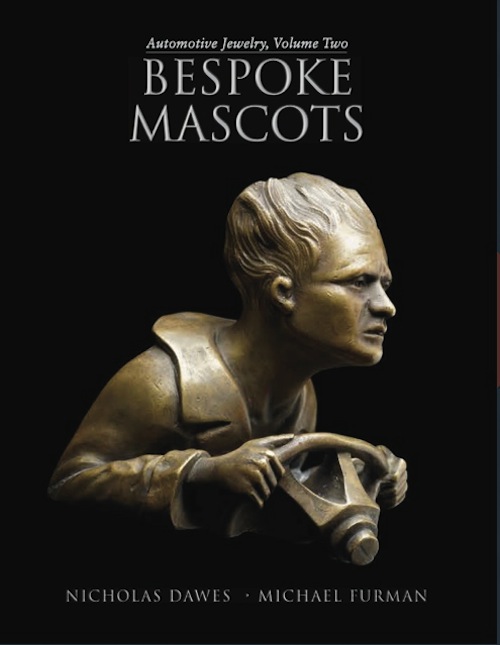
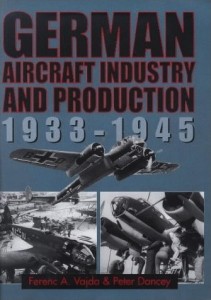



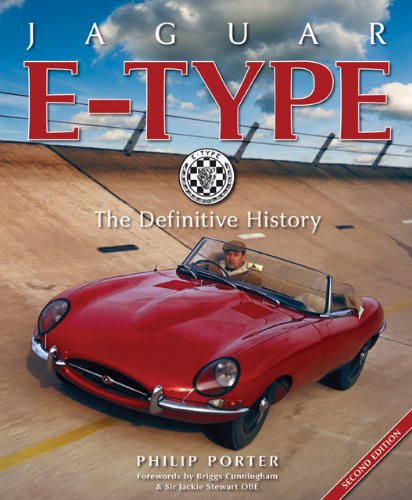
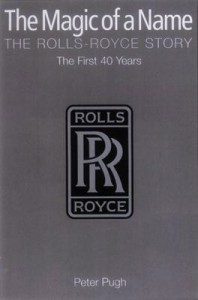
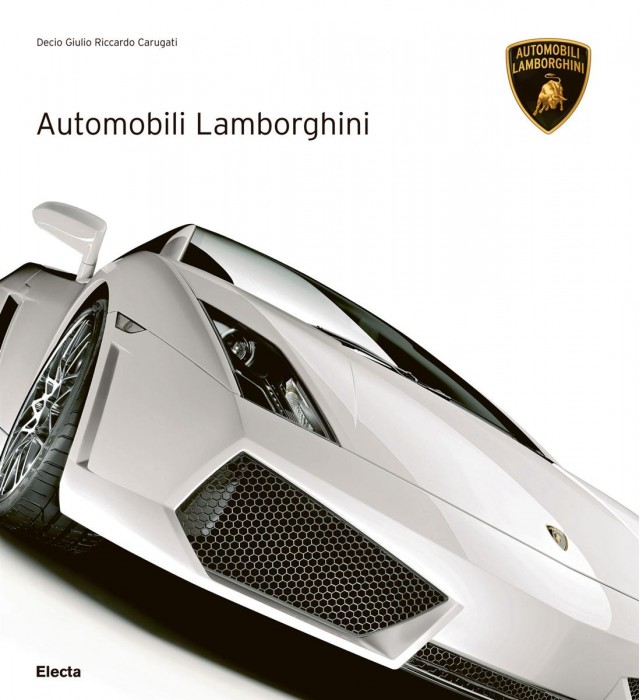
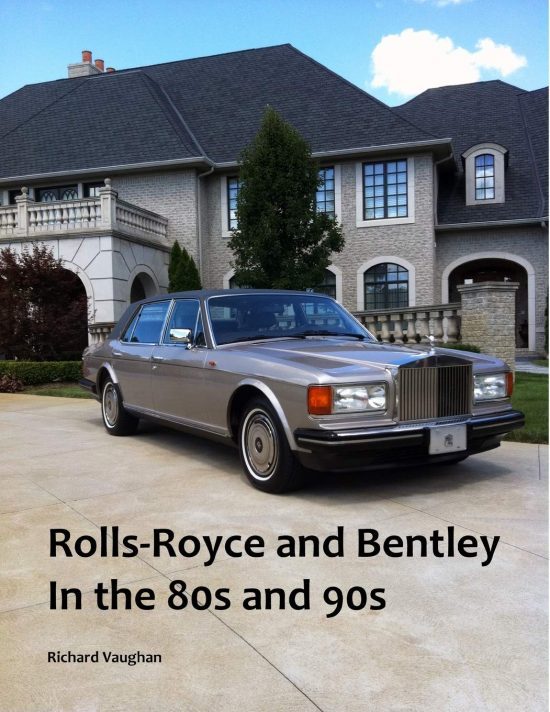

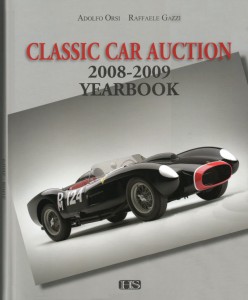


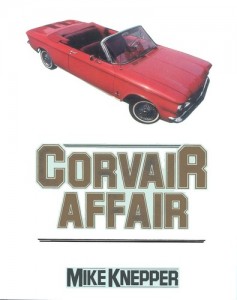

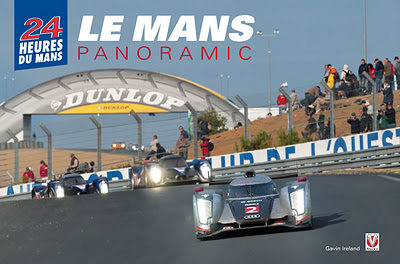
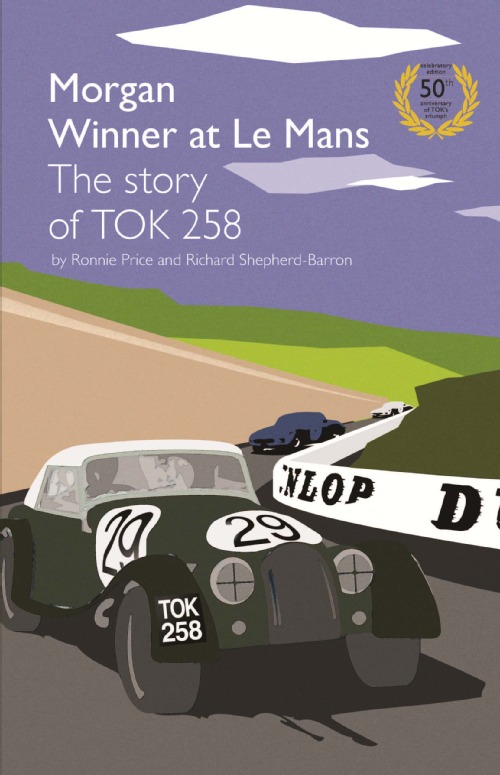
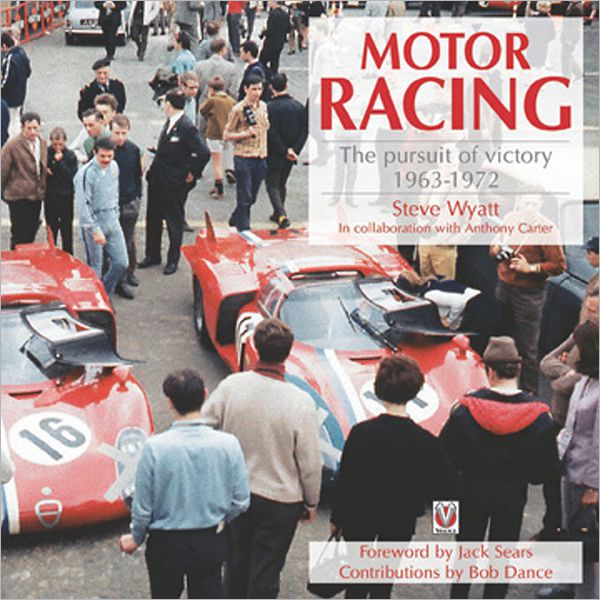
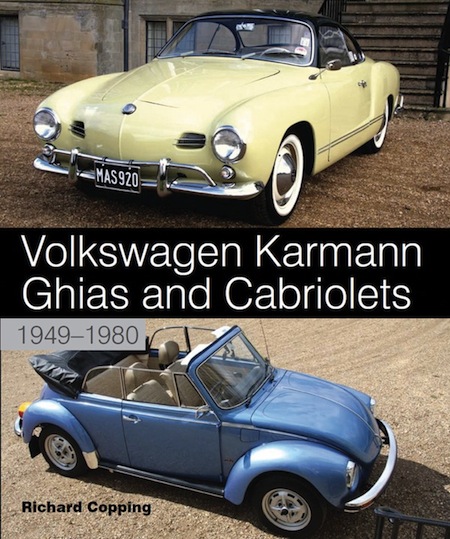
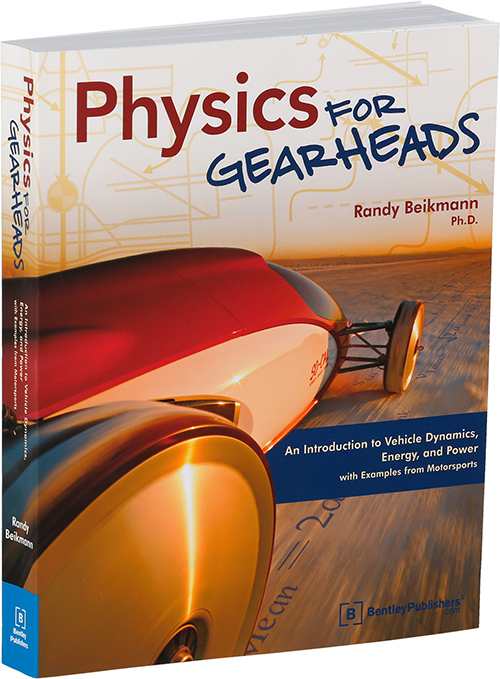

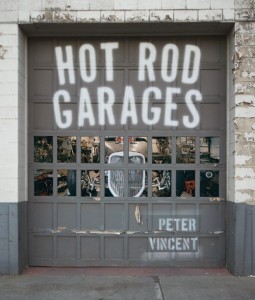


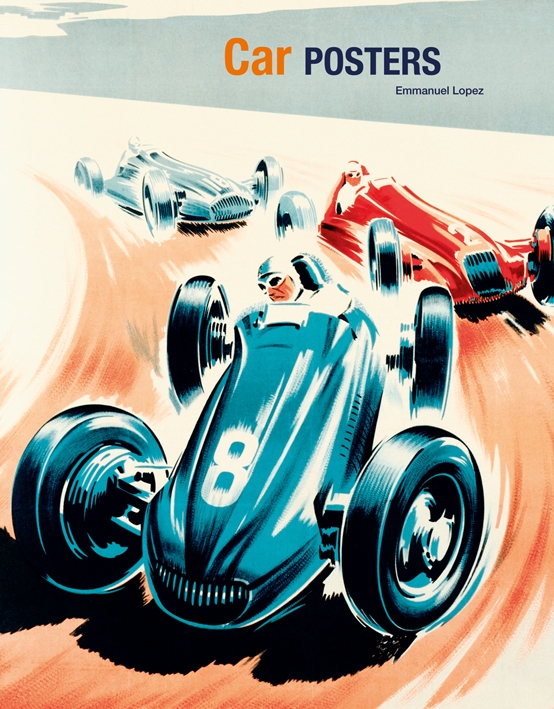

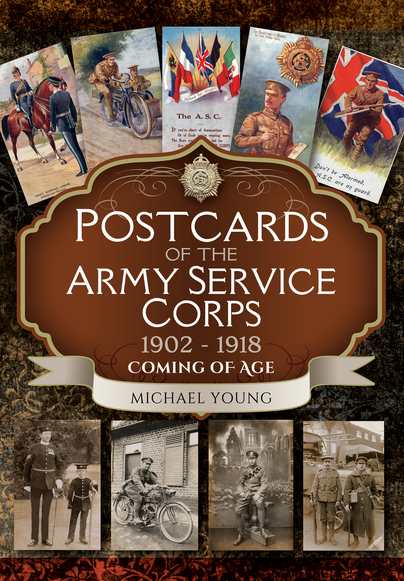

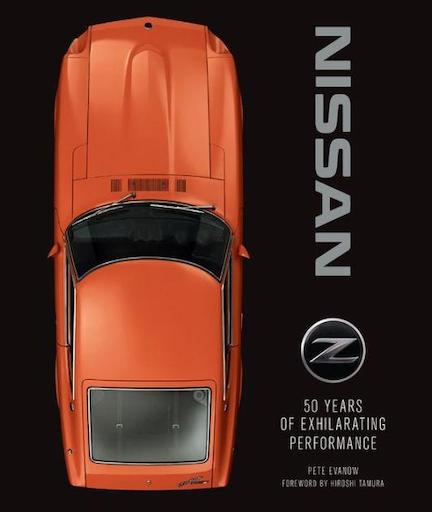
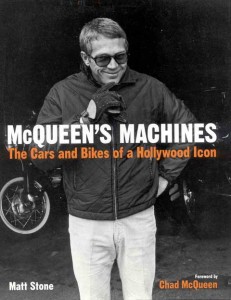





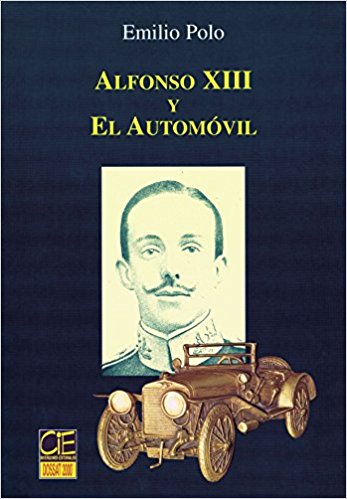

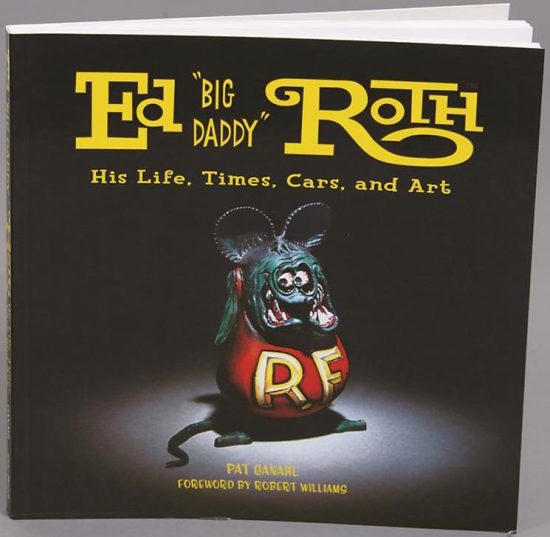
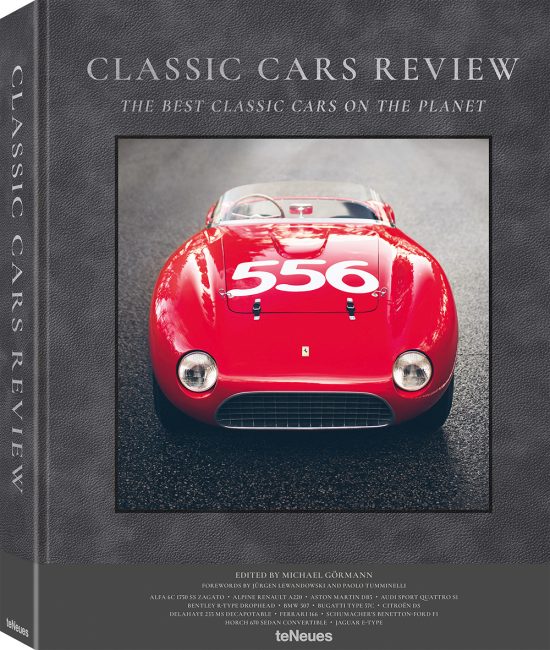

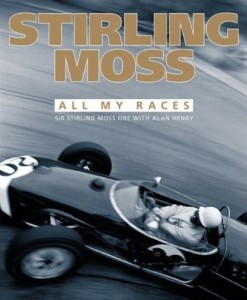
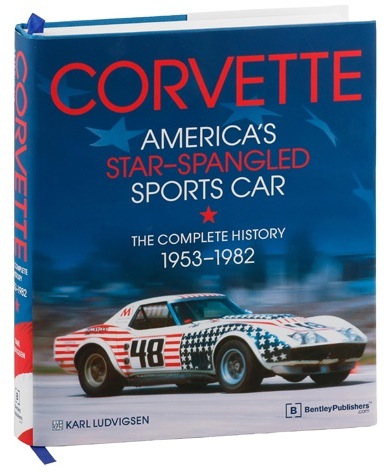
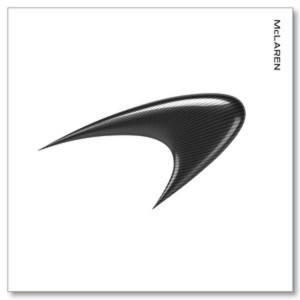


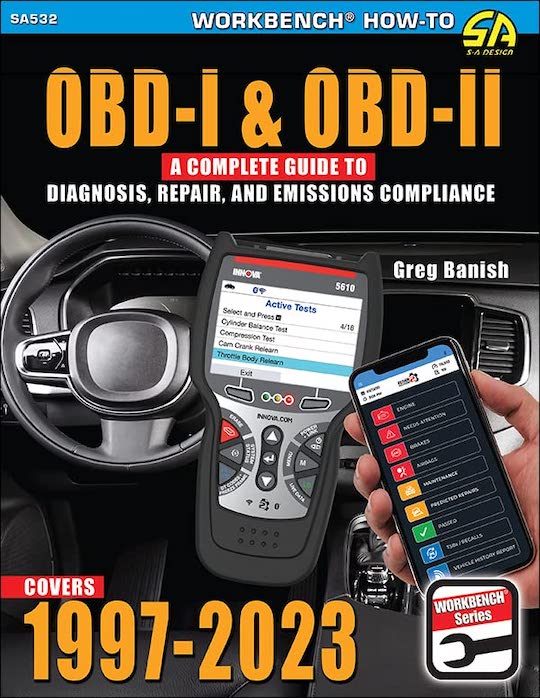
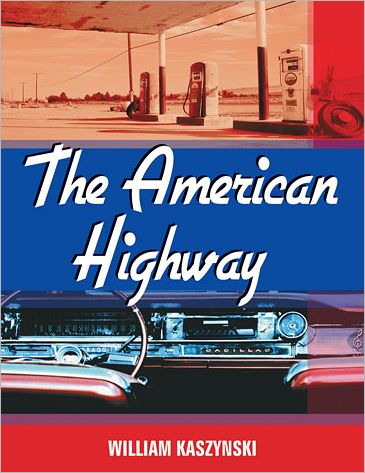


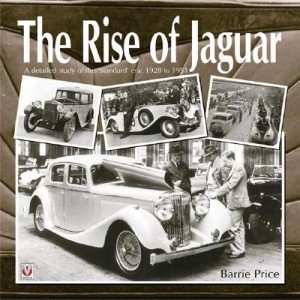
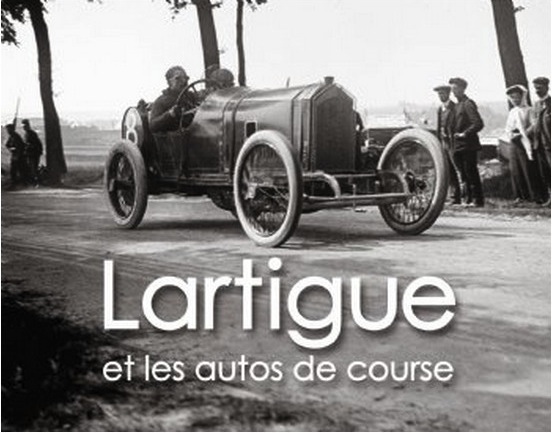
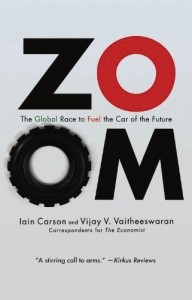

 Phone / Mail / Email
Phone / Mail / Email RSS Feed
RSS Feed Facebook
Facebook Twitter
Twitter